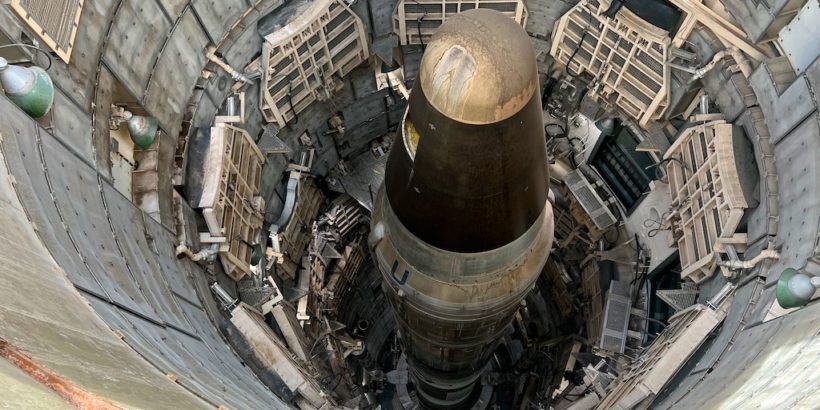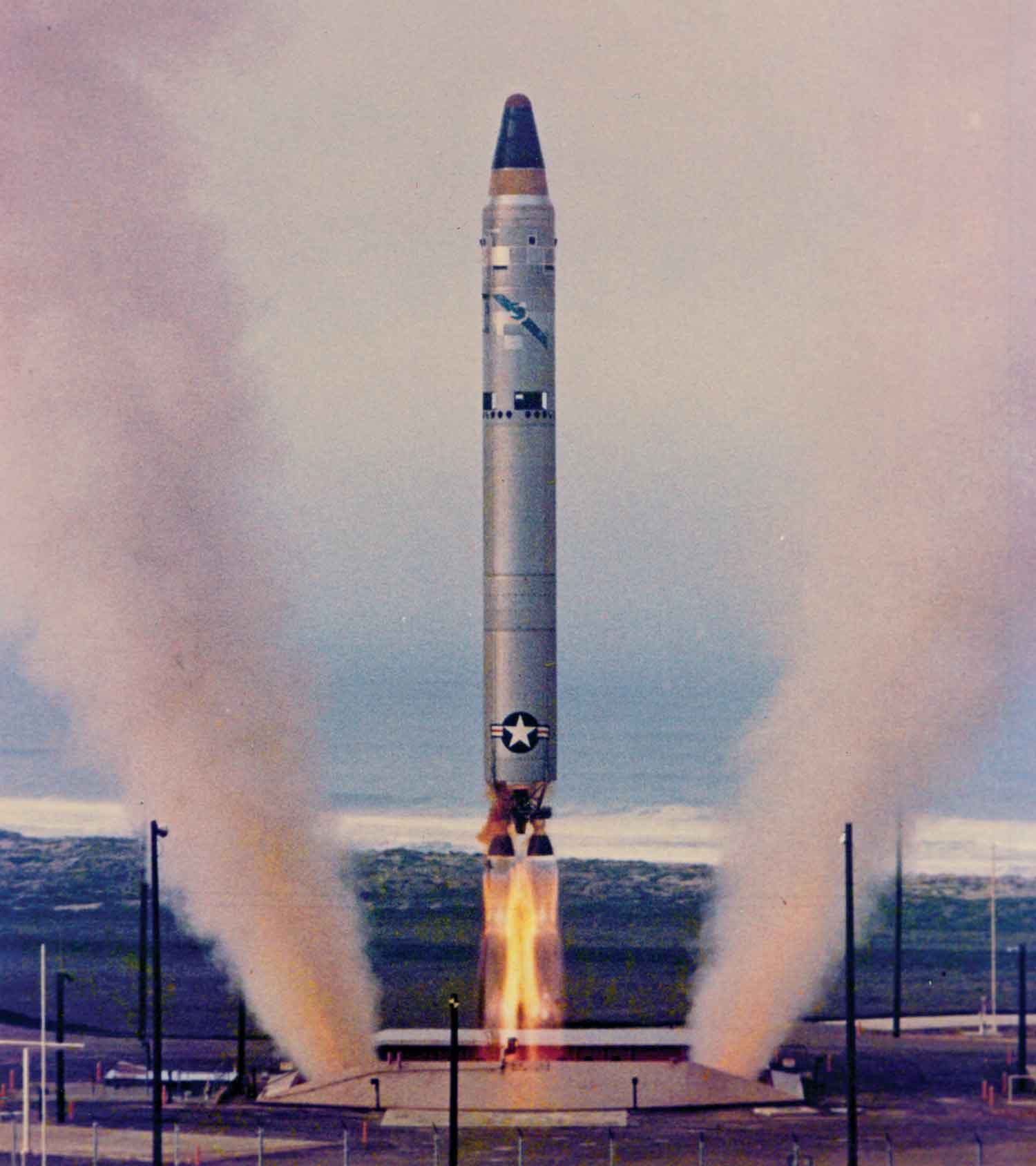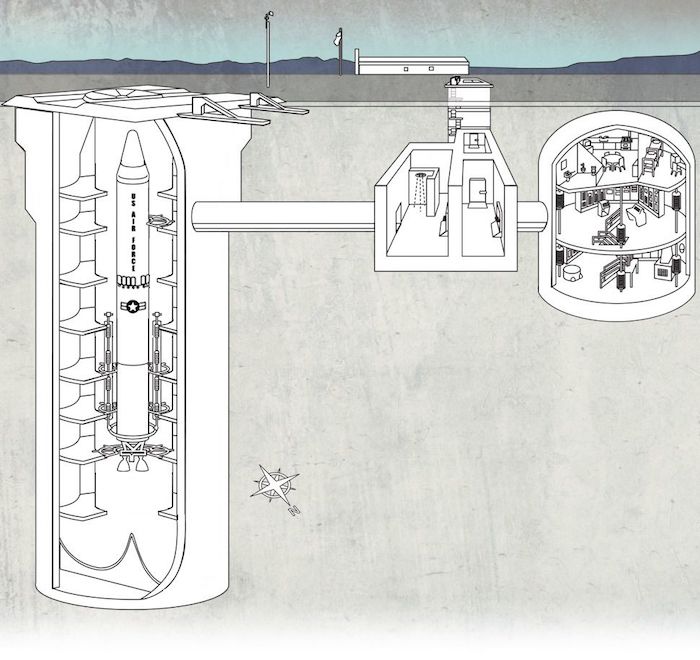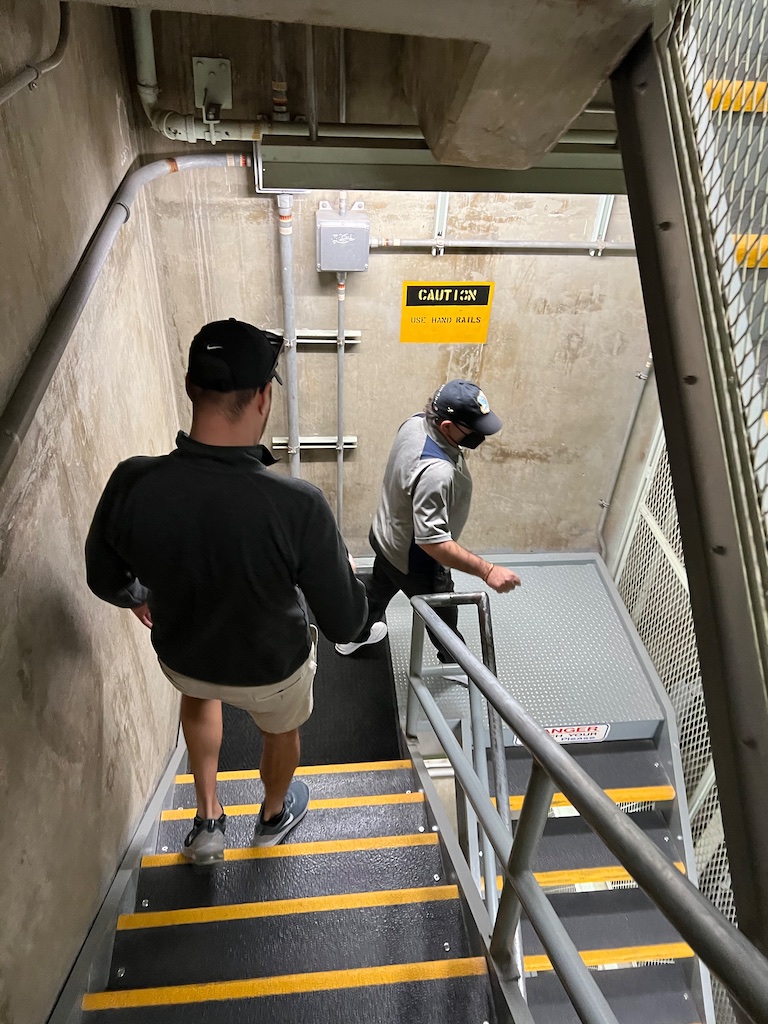If you’re ever in the Tucson area and looking for something completely unique, fascinating, and eye-opening to do then look no further than the Titan Missile Museum in Green Valley, AZ, just outside of Tucson.
It’s a historic site that provides visitors with a pretty chilling encounter of just how close the world came to World War III.
In this review, I’ll tell you everything you need to know before visiting the museum so that you’ll be able to make the most out of your visit!
Table of Contents
What is the Titan Missile Museum?
The Titan Missile Museum is a National Historic Landmark that houses the only remaining Titan II site open to the public.
Titan II missiles were the largest land-based missile ever deployed by the US and they served a crucial purpose during the Cold War.
The Titan II launch complexes, which housed the W-53 nuclear warheads, were “on alert” from 1963 to 1987 in an effort to show the Soviet Union that mutually assured destruction would be imminent upon a launch of one of their own nuclear missiles.
Today, you can take a guided tour of the site that allows you to get up close and personal with a Titan II and also learn about how these powerful missiles could have been used during the Cold War.
Tip: Use the free app WalletFlo to help you travel the world for free by finding the best travel credit cards and promotions!
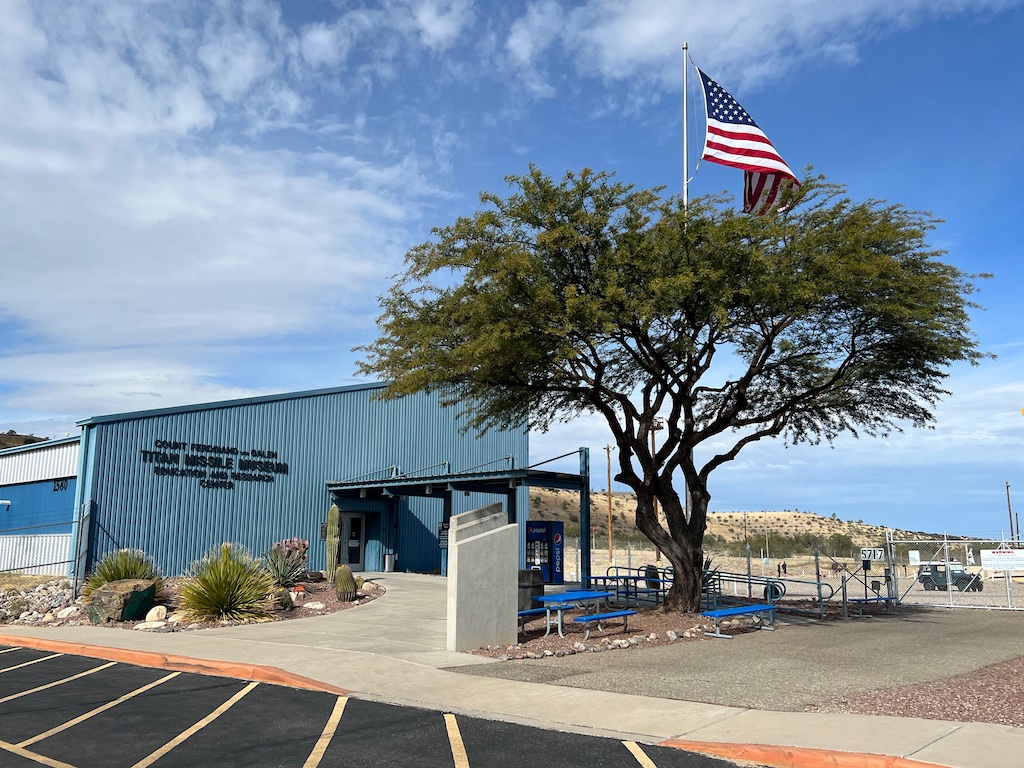
Where is the Titan Missile Museum?
The Titan Missile Museum is located at: 1580 W Duval Mine Rd, Green Valley, AZ 85614.
Green Valley is a smaller city just south of Tucson which, depending on what side of Tucson you’re coming from, should only take you about 20 to 30 minutes to get to.
Other Tucson sites:
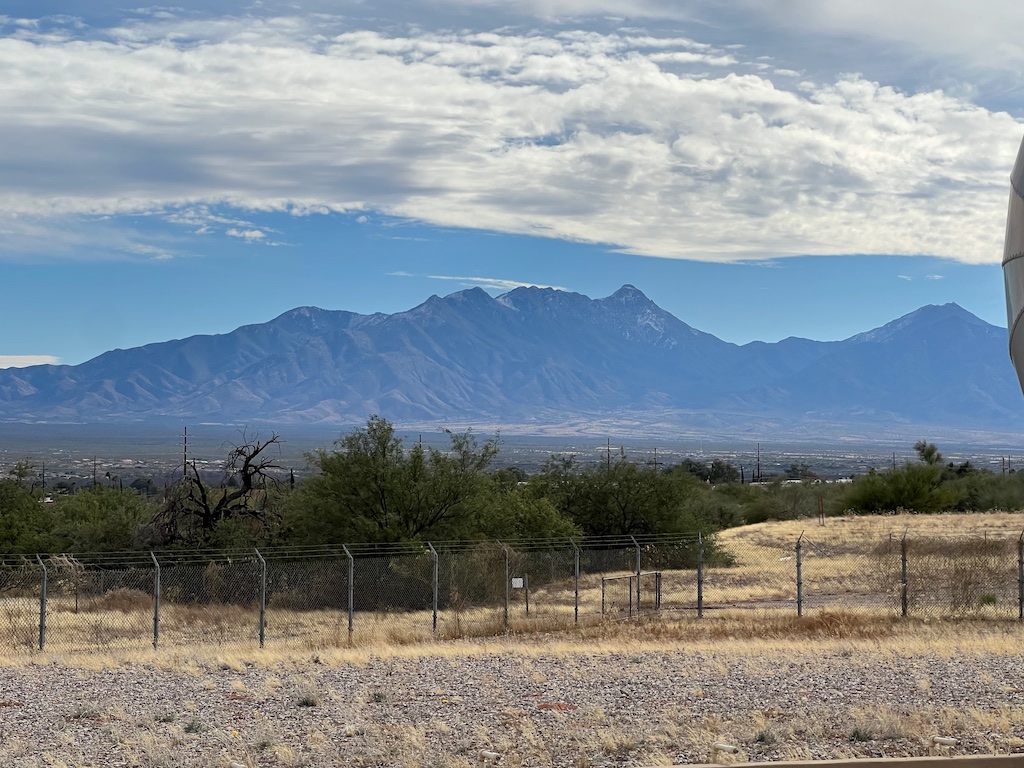
Titan Missile Museum Access (prices & hours)
Titan Missile Museum hours are typically 9:45am to 5:00pm.
In terms of ticket prices for guided tours, here is what you can expect:
- Adult (Ages 13-64): $15.50
- Pima County Resident Adult: $14.50
- Seniors (65+): $14.50 (Proof of age required at check-in)
- Child (Ages 0-4): $1.00
- Junior (Ages 5-12): $12.50
As soon as you arrive, you will need to check in with the front desk at the gift shop.
Unfortunately, this means that you may need to wait in the line of gift shop customers before you can check in (which is the one thing I would change about this experience).
If you arrive early, there are some museum exhibits to check out connected to the gift shop which tell some of the story of the Cold War and give you some insight into the power of these nuclear weapons.
I’d wait until the end of the tour to check out the exhibits just because you will appreciate them more.
The guided tours are 45 minutes but there is an optional self-guided portion at the end. In total, we spent about one hour and 20 minutes touring the museum which I feel is a perfect amount of time.
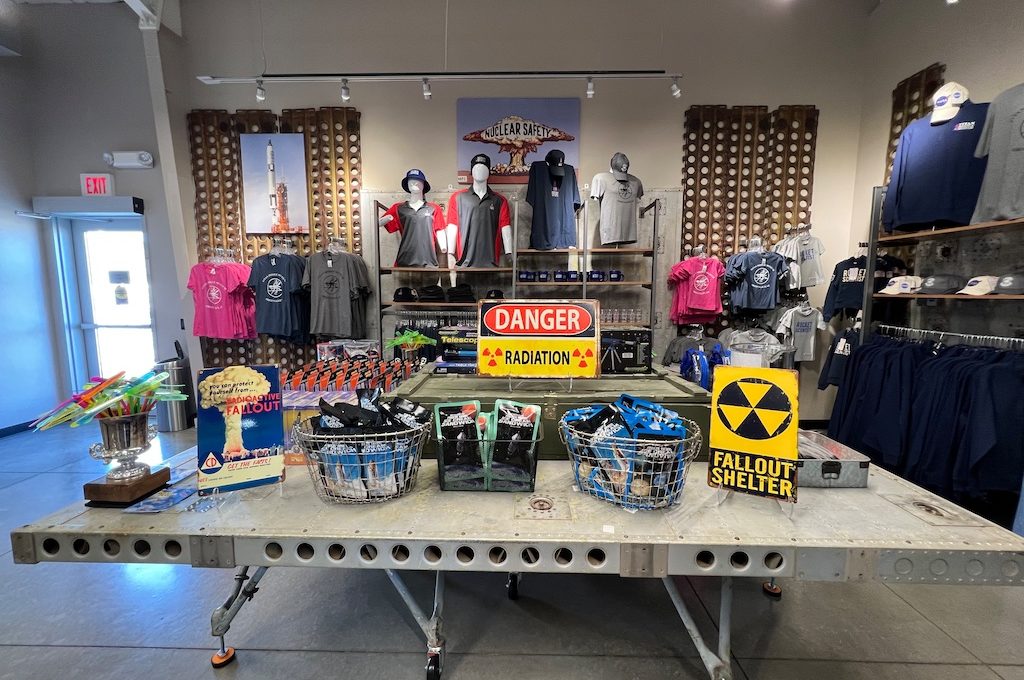
Titan Missile Museum history
After World War II, the US and the Soviet Union faced off for over four decades in what would be known as the Cold War.
During this time, tension between the nations grew and the reality of all-out nuclear warfare became a real possibility.
As a deterrence strategy, the US knew that it had to show the Soviet Union that it had the means to cause at least as much destruction as the Soviet Union could, so in 1960 they began constructing 54 Titan II silos.
These missiles — known to be the largest land-based missile ever deployed by the US — were extraordinarily powerful.
In fact, compared to the atomic bombs dropped during World War II they were about 600 times more powerful.
If that doesn’t sound impressive enough consider that they were also more powerful than all of the bombs combined used by combatants in World War II.
Each individual bomb could easily wipe out an entire major city.
So we’re not only talking World War III stuff here — we’re talking end of civilization as we know it.
These silos were built underground so that they could withstand a potential nuclear attack.
They would not be able to survive a direct attack (warhead landing right on top of the complex) but Soviet missiles were not known to be very accurate so they would stand a good chance to survive in the event of a missile missing its target.
Moreover, the Titan II missiles were designed differently from the Titan I to ensure that they could be launched much quicker.
We’re talking a launch time of under a minute.
Not only could they be launched quicker but after launch, it would only take 30 minutes to hit their target.
This was very important to the deterrence effect because the Soviet Union had to believe that the US was capable of retaliating instantly in the event of an attack.
Therefore, the silos were ready to go 24 hours a day and always “on alert” during the Cold War between 1963 and 1987.
Many processes were developed to ensure that the silos could always receive launch orders.
Even if Washington was destroyed they were able to receive commands for nuclear launches via the “Looking Glass.”
That was an aircraft that acted as a command center in the sky that was constantly flying for 29 years straight around the US to have a way to orchestrate a response to nuclear threats even if bases on land were wiped out.
While there were 54 Titan II silos built, these were not located randomly throughout the US.
Instead, there were three groups of 18 missiles and they were found near three bases:
- Davis–Monthan Air Force Base near Tucson, Arizona
- Little Rock Air Force Base in Arkansas
- McConnell Air Force Base in Wichita, Kansas
So the silo at the Titan Missile Museum was only one of many in the Tucson area, although it is the only one still available to visit.
Check out the map below to see where all of the other ones were.

The particular launch complex at the museum (Launch Complex 571-7) came off alert on November 11, 1982.
Immediate efforts took place to preserve this place as a museum which was a tall order because parties like the Air Force had to be convinced.
But thanks to a lot of hard work and special agreements with other nations, the Titan Missile Museum opened up to the public on May 21, 1986.
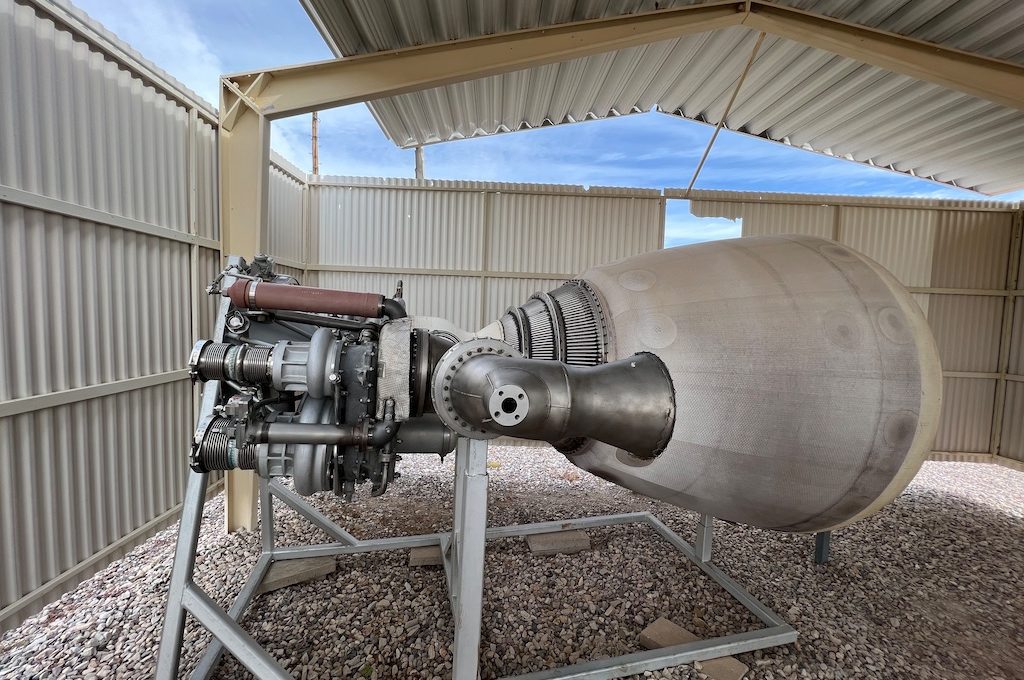
The Titan Missile Museum experience
Intro
Your first stop will be a small room where you’ll get a very brief overview of what was going on with the Cold War and the purpose these missiles served.
The big theme here is MAD: mutual assured destruction.
Because there were so many of these silos and they were so powerful with the ability to be quickly launched, any opposing force would be assured that the US would respond with an equal if not heavier use of force against them following a nuclear attack.
It’s a theory that many people have debated the merits of but throughout the Cold War I think it proved to be effective. After all, we were able to avoid World War III.
As some will refer to it, it was “peace by deterrence.“
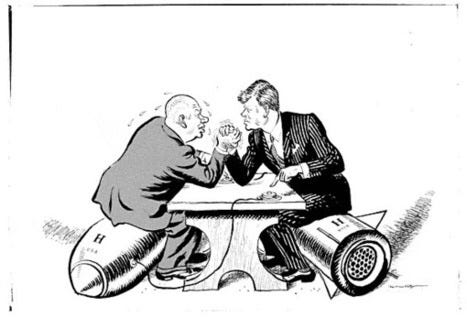
Our tour guide was a former employee that actually worked at the silo and I believe that at least some of the other guides are as well.
In my opinion, this seriously upgrades the value of the tour as you get to not only experience the silo yourself but also hear from someone who lived and breathed in that space for years.
It’s truly living history.
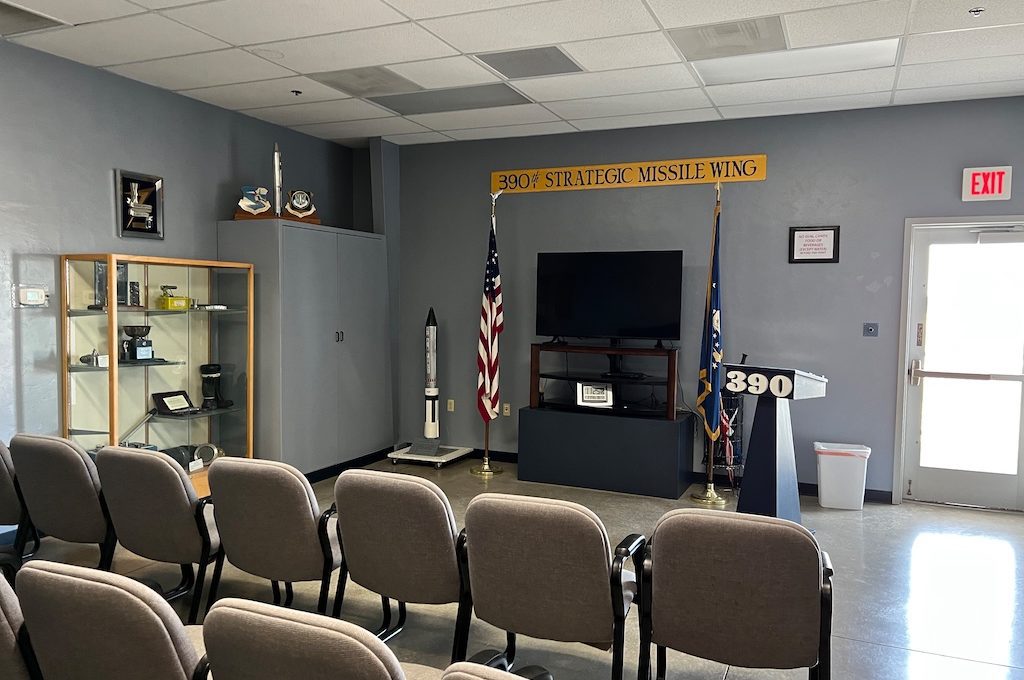
Descend to the Blast Lock Area
After the short film, you will head outside to the Access Portal Entrance of the Titan II Intercontinental Ballistic Missile (ICBM) complex.
It’s here where you will enter the complex en route to the Blast Lock Area.
The entire complex you’ll be visiting is has a pretty simple layout.
There are basically three buildings that make up the entire complex: 1) Missile Silo, 2) Blast Lock Area, and 3) Control Center.
You’ll be visiting level two of the Missile Silo, the Blast Lock Area, and level two of the Control Center.
To find out more about each section, you can click here.
Beyond the Access Portal Entrance, stairs await you.
While the missile is 103 feet tall and the entire silo about 150 feet, you will only head down 35 feet below the surface via 55 metal grate stair steps which is not that bad.
Note: They do have an elevator it is not available for visitors.
Once you get down to the Blast Lock Area, you’ll encounter the massive 3-ton steel blast doors which were designed to protect the crew from a potential nuclear blast.
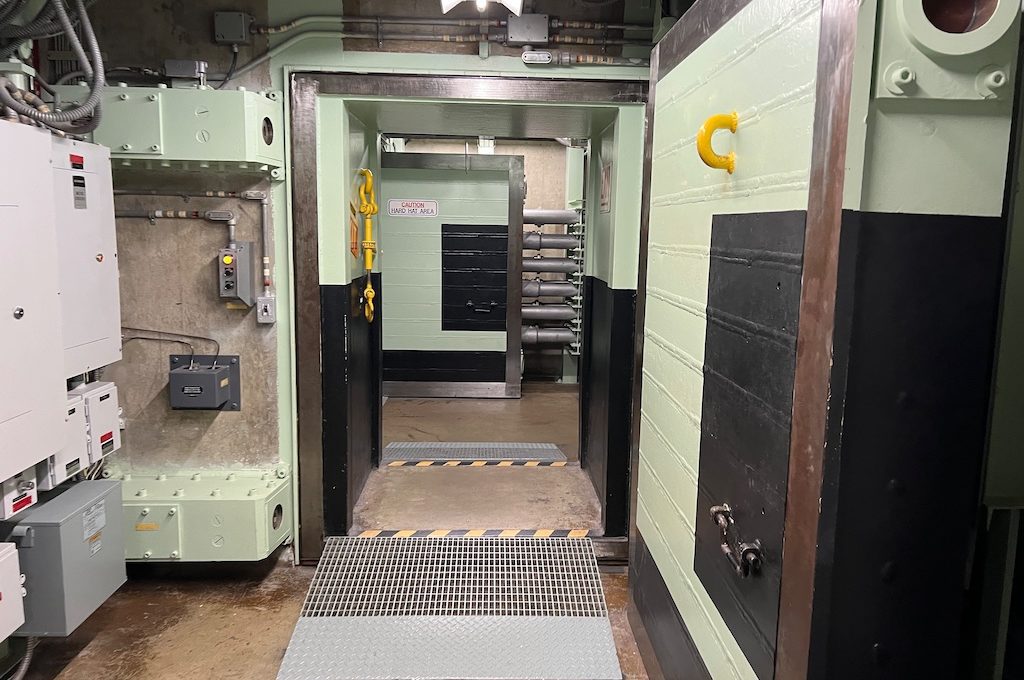
If you’re over 6′ 2″ tall, watch out for the ceiling because it is a pretty tight fit. I’m 6’1″ and I could feel my head just getting by without grazing the ceiling in the cableways.
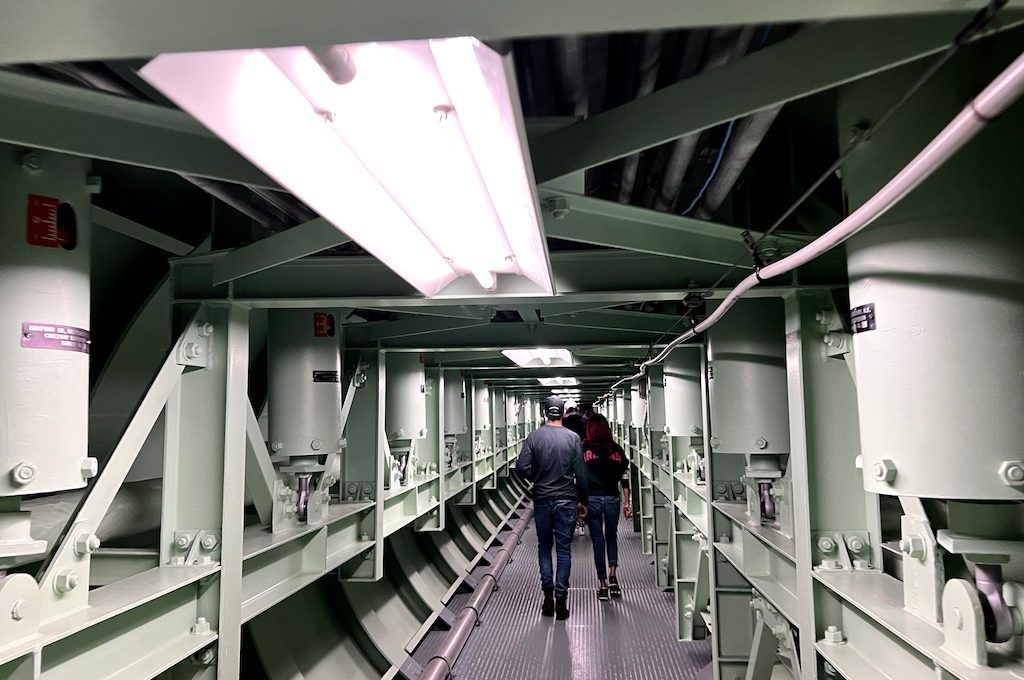
Launch Control Center
Your third stop will be in the Launch Control Center.
This is where you can check out all of the actual controls used to launch one of these missiles.
Because decisions and actions were so “consequential” in this room, at least two crew members had to be present there at all times and one of them had to be an officer.
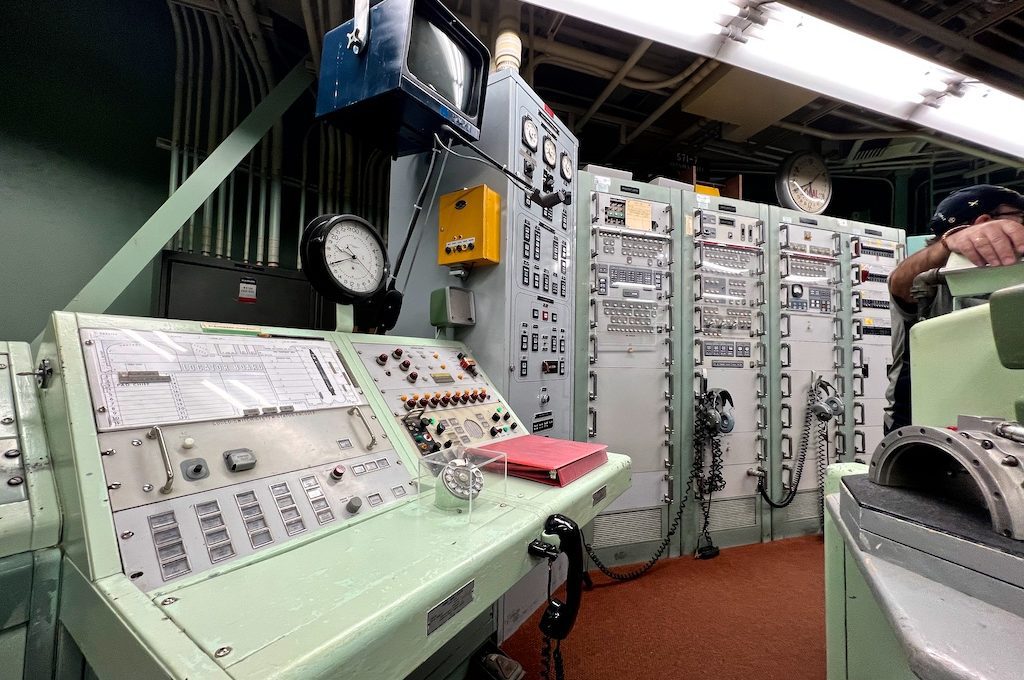
You’ll be briefed on the entire process used to launch these nuclear warheads and witness what it would have looked and sounded like in the command center.
To me, this was the coolest part of the tour.
You discover that the launch process is a sequence full of redundancy and decoding with a little bit of escape-room trickery.
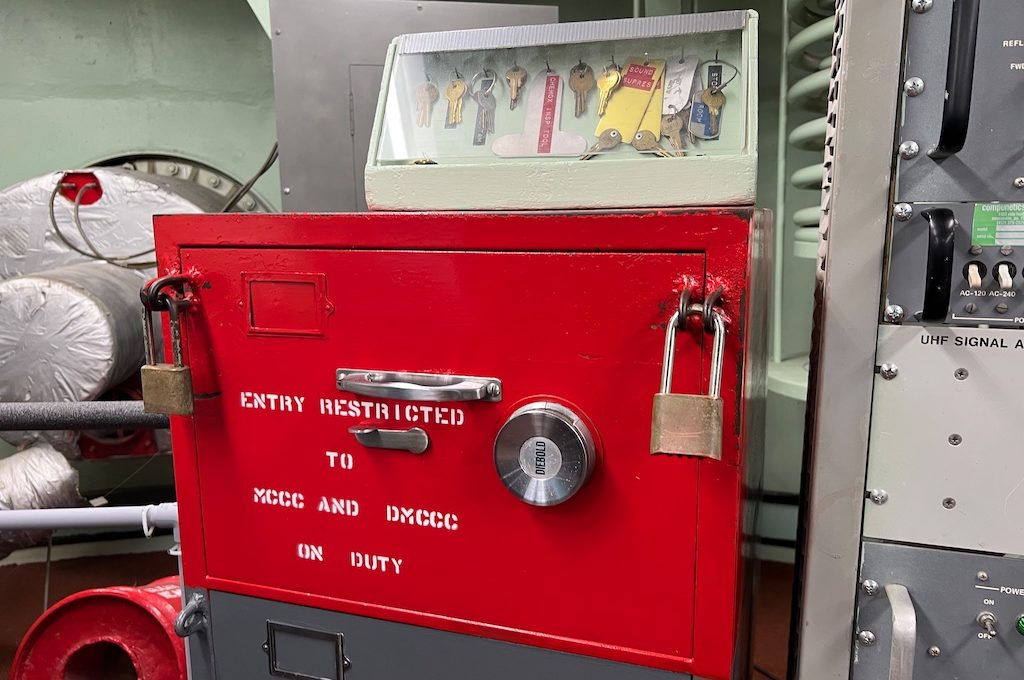
It’s a bit chilling to hear the sirens and nuclear codes ringing through the speakers knowing that this type of alarm would have signaled a likely apocalypse upon the earth.
If you want to take your experience to another level, my advice would be to get to the front of the line before entering Launch Control Center so that you can take one of the seats.
This isn’t to rest your feet but to ensure that you can personally act out what would’ve been one of the most radical moments in the history of the planet.
The seat in the middle is reserved for the Missile Combat Crew Commander (MCCC) and the seat closer to the side of the wall is designated for the Deputy Missile Combat Crew Commander (DMCCC).
If you snag one of the seats you get the lucky opportunity of turning one of the keys to initiate the launch and walk away with your own personal proof you did it!
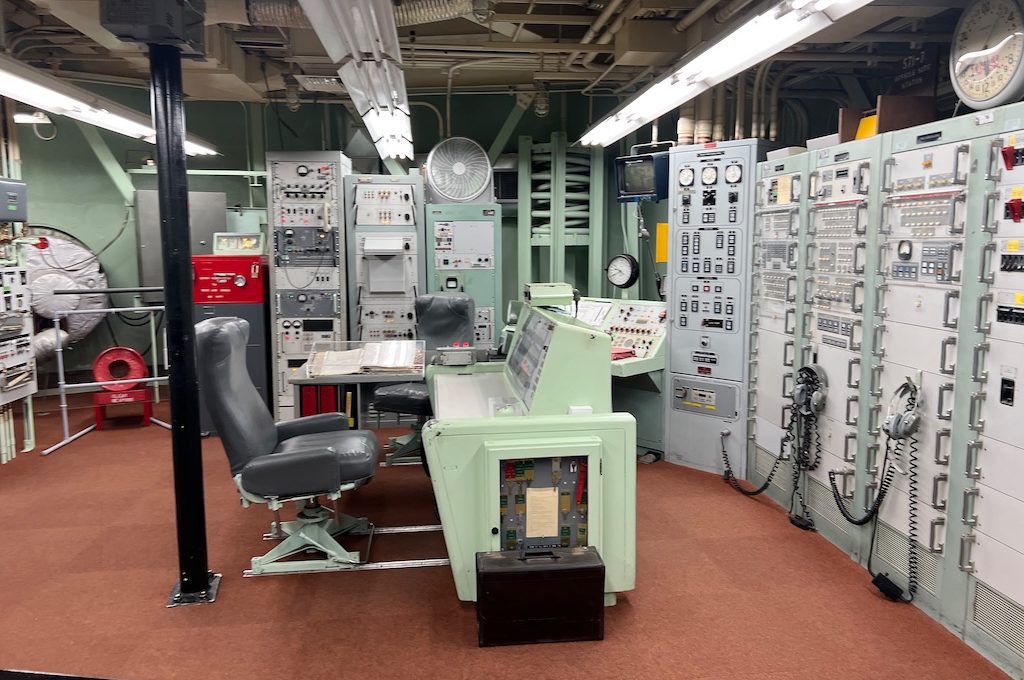
The missile silo
After the launch session, you’ll journey down the cableway to level 2 of the missile silo.
You are still only seeing about a third of the rocket whenever you look up but it’s extremely interesting to see the rocket so up close.
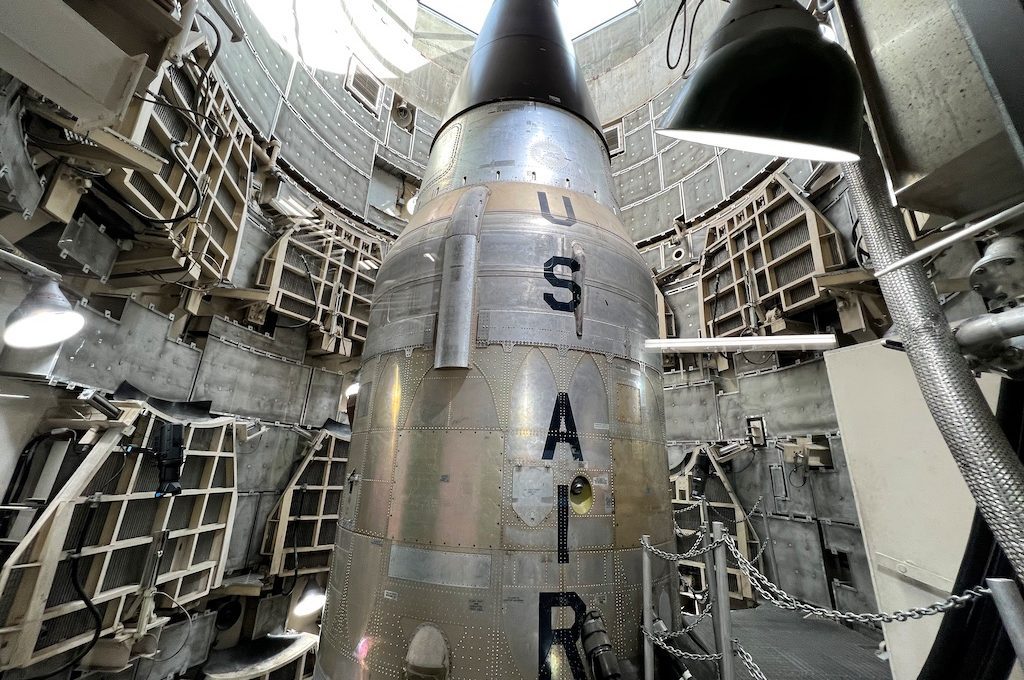
One of the best story lines to these Titan II rockets is that they were used for scientific purposes.
Specifically, NASA used them for Project Gemini — NASA’s second human spaceflight program. These rockets played a major role in the space race and helped with our mission to be be the first country to land someone on the moon.

Apparently, these rockets made an interesting noise when they were launched. See if you can pick up the noise in the video below.
Back to the surface
After a close encounter with a Titan II, you’ll head back out of the bunker and you have the opportunity to wander around and inspect all of the objects on the surface. Watch out for rattlesnakes.
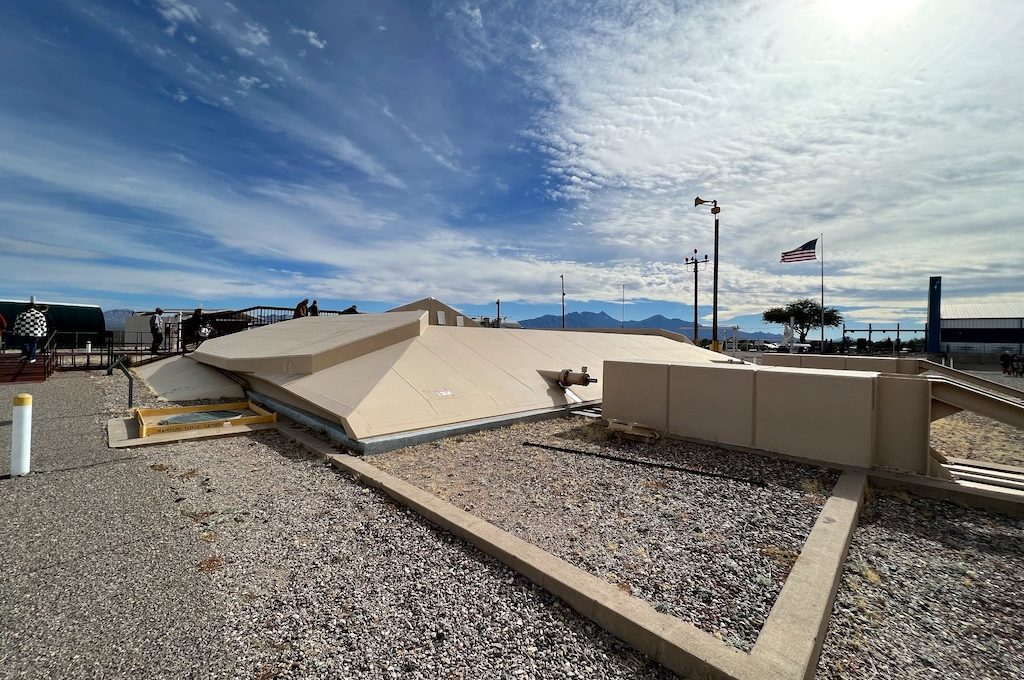
From the top you’ll see you can look down and get a great view from atop the Titan missile.
At over 100 feet, it’s a pretty long way down.
You’ll notice that the cover is permanently locked in a half-open position and that the tip of the missile (re-entry vehicle) is also missing a section, allowing you to see right in.
As you’ll learn, these were all conditions required by the mutual agreement between the US and the Soviet Union as they disarmed their silos.
The Soviets needed to trust that this rocket was not going to suddenly be launched one day and wanted to be able to use scout it out themselves using their own satellites.
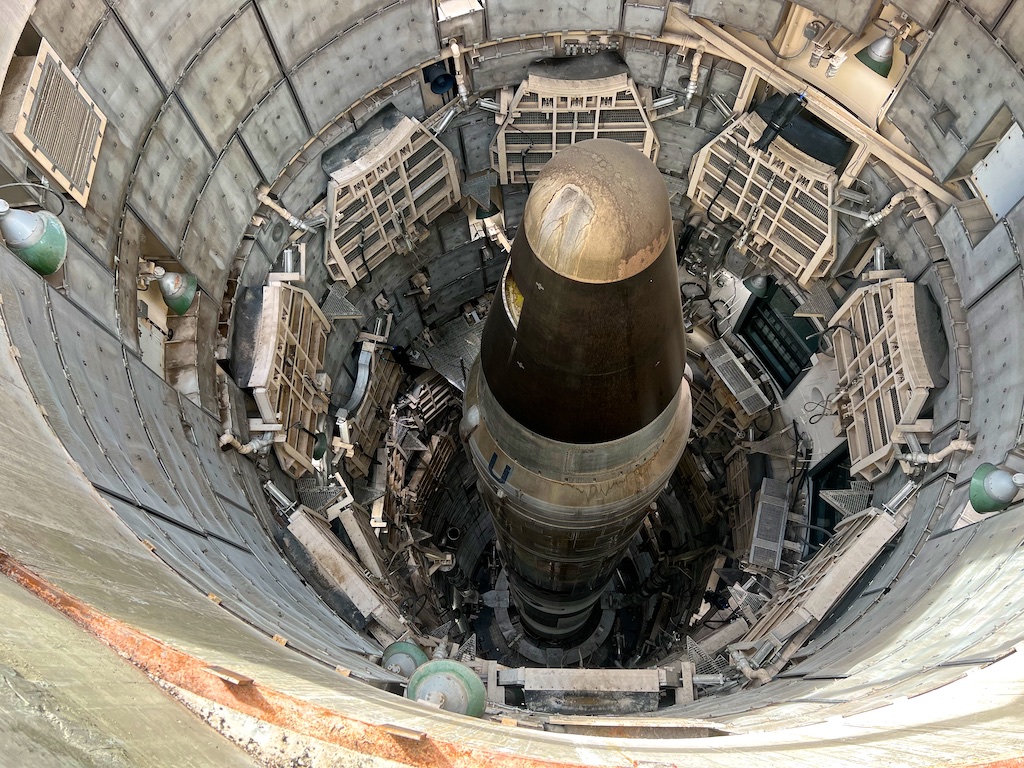
While you’re up there, you’ll also learn about all of the different antennas set up to ensure that communications could still take place even after a nuclear blast.
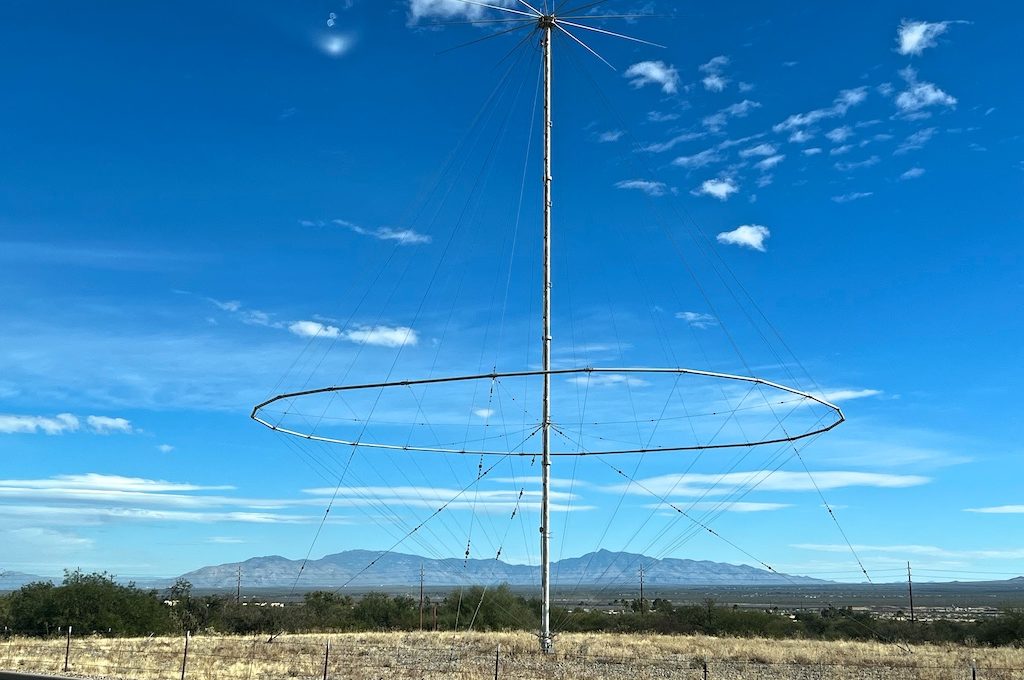
You can also check out some of the engines, radar systems, and other vehicles that were utilized at the facility.
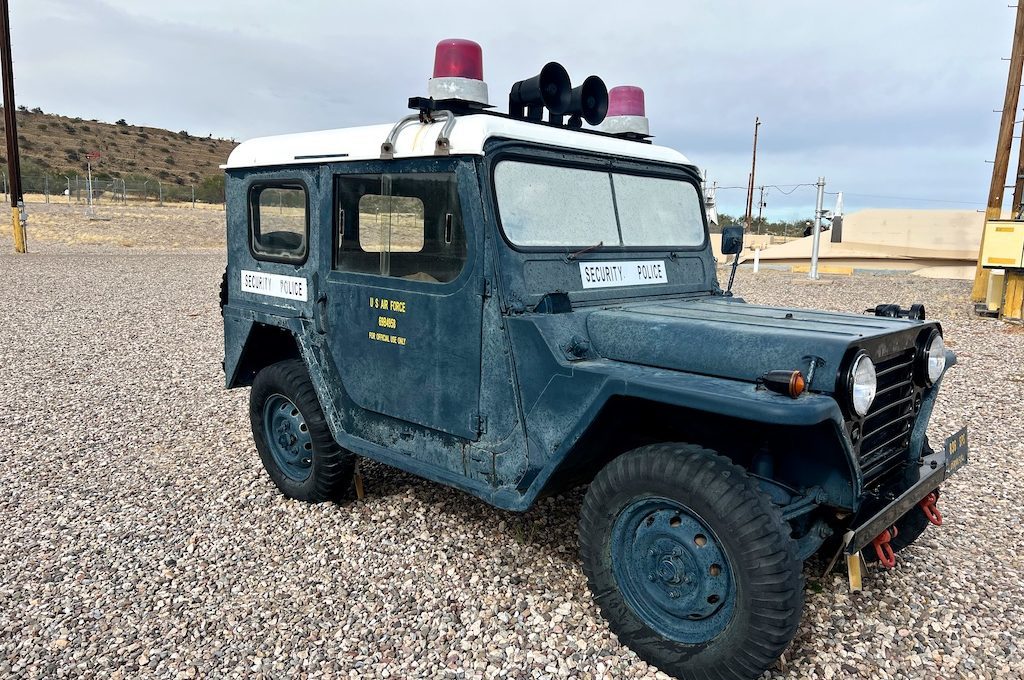
Gift shop plus exhibits
After you check out everything outside, head back in and take a look at some of the exhibits in the visitor center.
They have some interesting things to check out and one of the artifacts that stood out was an edition of Life magazine that contained a letter from JFK telling the American people what to do in the event of a fall out. I just really cannot imagine reading something like that.
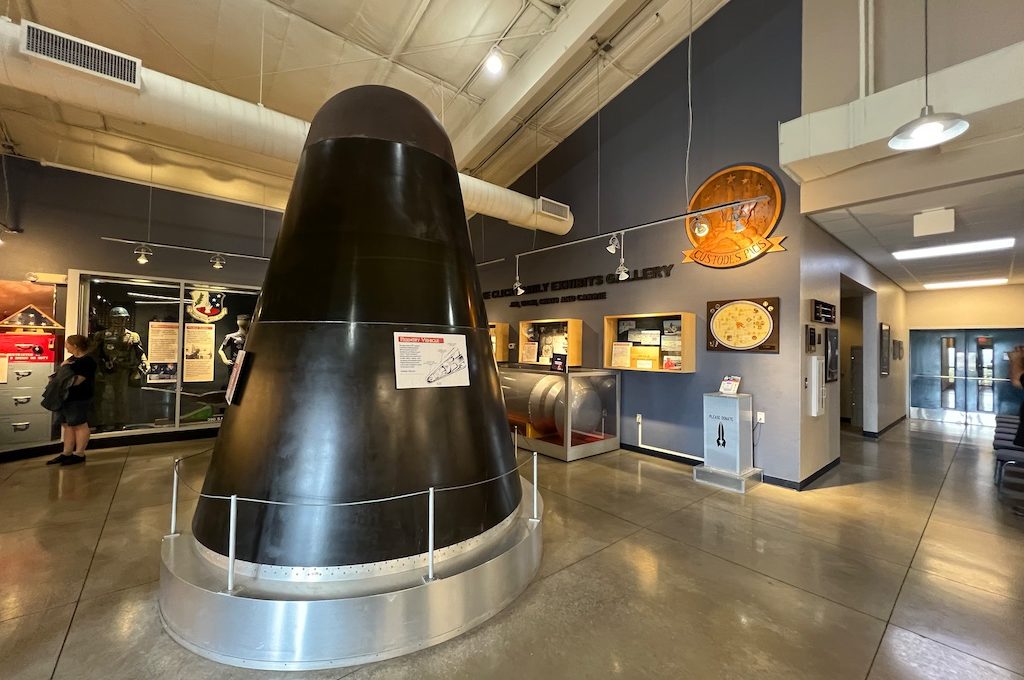
Final word
Overall, this was well worth the visit. It’s unbelievable to think about the power that these missiles could unload and the responsibility that the personnel had inside these silos.
A visit to this museum will force you to ponder how close we came to the destruction of mankind during the Cold War.
But it will also make you re-think what it means to retain world peace.
Daniel Gillaspia is the Founder of UponArriving.com and the credit card app, WalletFlo. He is a former attorney turned travel expert covering destinations along with TSA, airline, and hotel policies. Since 2014, his content has been featured in publications such as National Geographic, Smithsonian Magazine, and CNBC. Read my bio.

